Our Blog / Water Facts / Current Page
Source: http://chej.org/2016/10/10/water-pollution-whats-it-all-about/
When it comes to drinking water, one of the most common question is – is my water safe to drink?
In fact, this is one of the biggest concerns for travellers, NGOs and disaster relief agencies that are operating overseas. Therefore, it is so important to know what is inside your water especially when you are travelling overseas. The Dangers of Harmful Contaminants in Water
Drinking water can expose you to a variety of harmful biological, chemical and physical contaminants which can make you very sick. In fact, a report by the World Health Organization (WHO) shows that the consumption of contaminated drinking water is estimated to cause 50,200 diarrhoeal deaths each year.
Before we decide whether the water is safe to drink, let’s go through some water fundamentals. Here are the six most common contaminants present in water.
Bacteria
Source: https://www.medicalnewstoday.com/articles/323215.php
Bacterial contamination is the single most common threat to drinking water, and its impacts are disabling, quick and potentially deadly.
Many waterborne bacteria are categorized as pathogens (disease causing microorganism) and they could lead to diseases, like salmonellosis, typhoid fever, and cholera. One of the most commonly found bacteria in untreated water sources such as rivers and lakes include E.coli (Escherichia coli), a faecal coliform present in human and animal waste. Drinking such contaminated water can cause vomiting, diarrhoea as well as ear, respiratory, eye, or skin problems. Protozoa
Source: https://www.medicalnewstoday.com/articles/167079.php
Giardia and Cryptosporidium are common harmful water protozoa which cause waterborne diseases. It is usually found in water with a high level of fecal pollution. Although many other protozoa are harmless to humans, they can contribute unpleasant odor to the water.
Most protozoa form protective cysts to survive in unfavorable environmental condition. They are resistant to chlorination, a common disinfection method. Hence, it is really hard to get rid of protozoa in water. The ROAMfilter™ Plus is very effective in removing bacteria and protozoa from the water, making it an ideal solution for tackling these contaminants. Virus
Source: https://www.medicalnewstoday.com/articles/322223.php
Virus is the tiniest biological pathogen you can find in water. Despite its size, it accounts for numerous cases of severe diarrhoea and deaths in children across the globe. An infected person may show symptoms such as jaundice, dark urine, loss of appetite, nausea, vomiting, and fever.
In severe cases, it may lead to liver failure and even death. Viruses are smaller than bacteria and protozoa in size, making detection harder with standard water testing and difficult to be removed. Inorganic chemical
Source: https://www.innerbody.com/home-health-tests/heavy-metal-testing
Inorganic chemical refers to those compounds with a chemical structure without carbon, such as heavy metals and nitrate. Heavy metals can be naturally occurring or can be released by human activities.
In trace amounts, certain heavy metals such as copper, selenium, and zinc are essential to maintain the metabolism of the human body. However, elements such as arsenic, lead, and mercury are harmful to the body even in small concentration. At a high concentration, heavy metals are poisonous to the body and chronic exposure can damage the human body indefinitely. Certain heavy metals can accumulate in the body and the effects can cause in-borne deformities in children. Click here for more information on heavy metals.
Sign up for our newsletter!
 
Organic chemical
Source: https://phys.org/news/2019-03-chemical-synthesis.html
Organic chemical includes compounds with a chemical structure which consist of carbon. They include proteins, plastic, petroleum compounds, pesticides, herbicides, and chlorinated-carbon compounds. They are found in water sources and are typically caused by human activities, such as improper disposal of solvents and petrochemicals.
The main concerns of organic chemicals are those that are non-volatile as they are unable to be removed by simply boiling or aeration. Certain organic chemicals are toxic and could cause adverse health effects when consumed. The exposure risk is determined based on the individual constituents of the organic chemicals, with each having the potential to trigger different human health effects, symptoms, or illnesses. Suspended Solids
Suspended solids refer to the small solid particles which remain suspended in water. The suspended solids may not be dangerous in itself, but pathogens can potentially adhere and be carried on the surface of the particles. High level of suspended solids in water is often associated with the presence of biological contaminants.
Suspended solids could also affect and reduce the efficiency of several water treatment method, such as ultraviolet disinfection, boiling, or chemicals. How do I determine my water quality?
At the end of the day, knowing the constituents in your drinking water is the first step in ensuring that your water is safe to drink.
You can test the quality of your water using a laboratory or a portable water test kit. If you are travelling in remote areas such as disaster zones or rural areas, consider using our Water Test Kits to ensure that your water is safe to drink. Buy a portable test kit now for your next adventure!
Did you know, 525,000 children under 5 die from diarrhoeal diseases every year? Millions more fall ill due to water-borne diseases caused by the lack of access to clean drinking water.
Please select the drop-down for other amounts
*Please refer below for terms and conditions
Blog Author: Ze Yong Yeoh
4 Comments
DAVID JOHNSON
27/6/2019 09:21:39 pm
I didn't know that bacterial contamination is the most common threat, as well as disabling, quick, and potentially deadly. Personally, I think it would be important to test commercial water because of how many people will use it daily. I'll have to look more into commercial water testing services.
Reply
MARCUS, CHIEF WATER EVANGELIST
9/7/2019 06:12:22 pm
Hi David Johnson, thank you for your comment!
Reply
26/11/2021 05:56:25 am
I really helped when you talked about water contaminants and how they could risk our health! Recently, my wife and I moved into another house, and we just realized how its water has a strange taste. We think it'd be smart to get the water tested before we get sick or something, so we'll be sure to look into it! Thanks for the advice on how we could have bacteria living in our drinking water!
Reply
Your comment will be posted after it is approved.
Leave a Reply. |
Want more?Click below to see what other blog topics might peak your interest



Water Facts
|
- About Us
- Products
- Solutions
- Resources
- Get Involved
-
Blog
- The Global Water Situation
-
Facts about Water
>
- Water supplies for crisis
- WaSH During Emergencies
- Well Water Cleaning and Filtration Guide: Southeast Asia
- Gravity-fed Water Systems: Water Purification and Filtration setups in Southeast Asia
- A Guide to Rural Rainwater Harvesting and Filtering
- Water Shortages and Their Effect on Children in Rural Schools
- WaSH Planning and Design Framework Resources for Indonesia and the Philippines
- Rural Community Water Supply: Water Systems in Villages
- Info on our Products
- Impact Stories
- Upcoming & Past Events
- Contact
- Store
- About Us
- Products
- Solutions
- Resources
- Get Involved
-
Blog
- The Global Water Situation
-
Facts about Water
>
- Water supplies for crisis
- WaSH During Emergencies
- Well Water Cleaning and Filtration Guide: Southeast Asia
- Gravity-fed Water Systems: Water Purification and Filtration setups in Southeast Asia
- A Guide to Rural Rainwater Harvesting and Filtering
- Water Shortages and Their Effect on Children in Rural Schools
- WaSH Planning and Design Framework Resources for Indonesia and the Philippines
- Rural Community Water Supply: Water Systems in Villages
- Info on our Products
- Impact Stories
- Upcoming & Past Events
- Contact
- Store


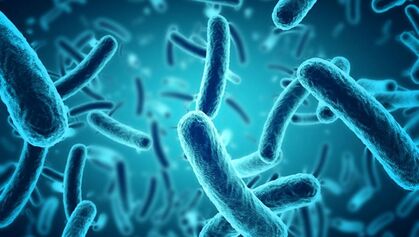
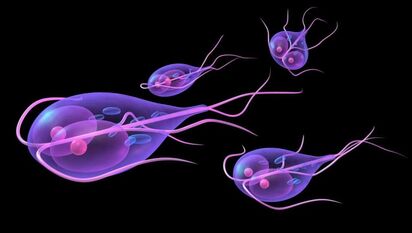

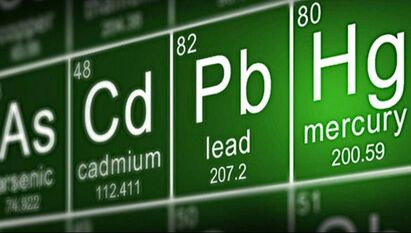
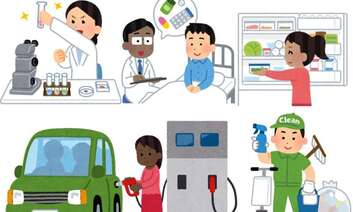
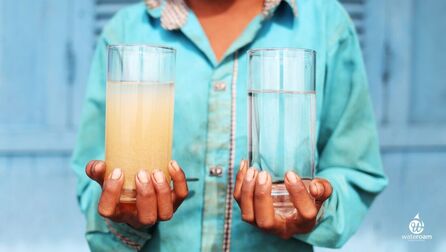



.jpg)